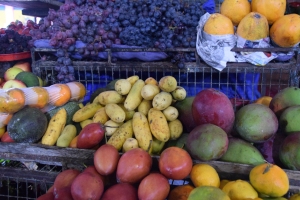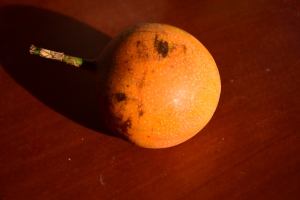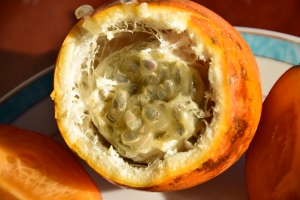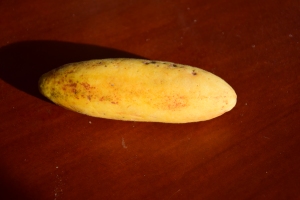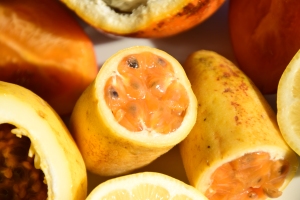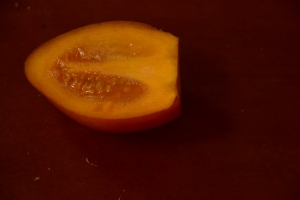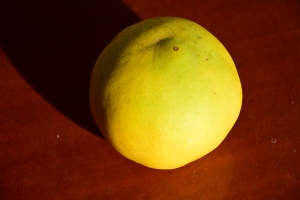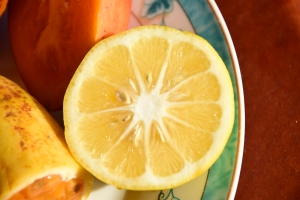What is the best time to go to central America, and what is the worst time?
What is the worst time and what is the best time to go to Central America?
 What is the best time to travel in Mexico, and what is the worst time to go?
What is the best time to travel in Mexico, and what is the worst time to go?
What is the best travel and departure time for Mexico?
- In Mexico City, year-round temperatures fluctuate between 20 and 26 degrees during the day. Nights can be cold, but it almost never freezes. Merida (Yucatan) has a different climate. Here the temperature does not often fall below 28 degrees during the day. It also stays around 20 degrees Celsius at night almost all year. The higher-lying Monterrey in northeastern Mexico has greater fluctuations in temperature. In the summer months it gets 32 to 36 degrees during the day here, while in the winter months it is barely 20 degrees.
Best travel time in Mexico
- The best travel time is from October to April, during the dry season.
Worst travel time in Mexico
- In May, the rainy season begins in southern Mexico which continues in the north until October. This period is also hurricane season. It does not rain all day during the rainy season, but there are heavy showers daily. These are often heavy and short-lived. During this period it is often very hot and humid.
Hours of sunshine in Mexico
- The number of sunshine hours in Mexico is between 2100 (Yucatàn) and 2300 (Plateau of Mexico) per year.
Sea temperature in Mexico
- Between 20 and 25 degrees.
 What is the worst time to go to Belize, and what is the best time to travel?
What is the worst time to go to Belize, and what is the best time to travel?
What is the best travel and departure time for Belize?
- Northern and central Belize have a tropical climate with dry and wet seasons, from June to November. Southern Belize has a tropical climate with year-round rain.
Best travel time in Belize
- November through May is the best time to go. During that period it is very sunny.
Worst travel time in Belize
- From June to November there is high rainfall and tropical storms and hurricanes can occur. Travel is cheaper during this period though.
Hours of sunshine in Belize
- The average number of sun hours per day is 7 hours.
 What is the worst time to go to Costa Rica, and what is the best time to travel?
What is the worst time to go to Costa Rica, and what is the best time to travel?
What is the best travel and departure time for Costa Rica?
- Costa Rica, like most other tropical countries, has two seasons.
- The dry season lasts from December through April. The rest of the year is the wet season.
- Actually, only in the highlands is the dry season really dry; in the rest of the country you can always count on a shower.
- In central Costa Rica the average temperature is 22°C , on the coast and northwest the temperature is higher.
Best travel time in Costa Rica
- March is the driest and least clammy period of the year, and the temperature is just right.
- April and May are also pleasant.
Worst travel time in Mexico
- June and July see the most rain, and it is especially muggy on the coast.
 What is the worst time to got to El Salvador, and what is the best time to travel?
What is the worst time to got to El Salvador, and what is the best time to travel?
What is the best travel and departure time for El Salvador?
- El Salvador has a climate with relatively few major temperature fluctuations throughout the year.
- Precipitation is a more limiting factor for those traveling, living, studying or working through the country.
- Altitude is also an influence, with stably warm conditions on the coast and in the lowlands, cooler mountain areas and freezing temperatures at the highest elevations.
Best travel time in El Salvador
- From November to April is the dry season in El Salvador. It rains little then and the roads are in good condition.
Worst travel time in El Salvador
- In the months of March and April it can get quite warm, before the wet season starts in May (through October).
 What is the worst time to go to Guatemala, and what is the best time to travel?
What is the worst time to go to Guatemala, and what is the best time to travel?
What is the best travel and departure time for Guatemala?
- Because of the differences in altitude, there is much difference in Guatemala's climate. Within a few hours you leave the cold mountains and arrive in the humid warmth of the coast. The higher you are, the cooler it is. Especially after the sun goes down, it can get chilly and even cold quickly. This starts as early as Antigua which is at about 1,700 meters. On the coast it is almost always sunny and humid hot, sometimes with intense but liberating thunderstorms.
Best travel time in Guatemala?
- The most ideal time to travel is between mid-November and January. The rainy season leaves behind a green country, but the drawbacks of the rainy season (storms, impassable roads, flooding) are pretty much over.
Worst travel time in Guatemala?
The months of March and April, especially in the lower areas (Pacific coast, Tikal, Livingstone), are quite hot.
Hours of sunshine in Guatemala?
Count on about 8 hours a day of sunshine in the months of January and February and 2 hours a day in the months of June and July.
 What is the worst time to got to Panama, and what is the best time to travel?
What is the worst time to got to Panama, and what is the best time to travel?
What is the best travel and departure time for Panama?
- Panama has a tropical climate, ranging from a tropical rainforest climate along the border areas with Costa Rica and Colombia to a monsoon climate in the west and a tropical savanna climate in central Panama. Wherever you go in Panama, everywhere is tropically warm with temperatures around 30 degrees.
- In spring, from February to May, temperatures can reach 34-35 degrees. Because there is always a fairly high relative humidity, Panama always feels clammy and stuffy.
- Most of Panama has a rainy season, which runs from early May to mid-December. With the exception of the rain forests, most rain falls in the form of often very heavy showers, which can sometimes last for several hours during the rainy season. In the tropical rain forests, there is a very good chance of prolonged rains during the monsoon period.
Best travel time in Panama
- From December to April it does not rain as much, but during the rainy season from May to November there are a lot fewer tourists.
Worst travel time in Panama
- Tropical storms and hurricanes can occur in Panama from June to November. Traveling in Panama is possible during this period, but it rains more and there is a greater chance of violent storms.
Hours of sunshine in Panama
- Panama has an average of 6 to 7 hours of sunshine per day.
Sea temperature in Panama
- The sea water temperature in Panama averages 27 degrees.
- 314 keer gelezen














